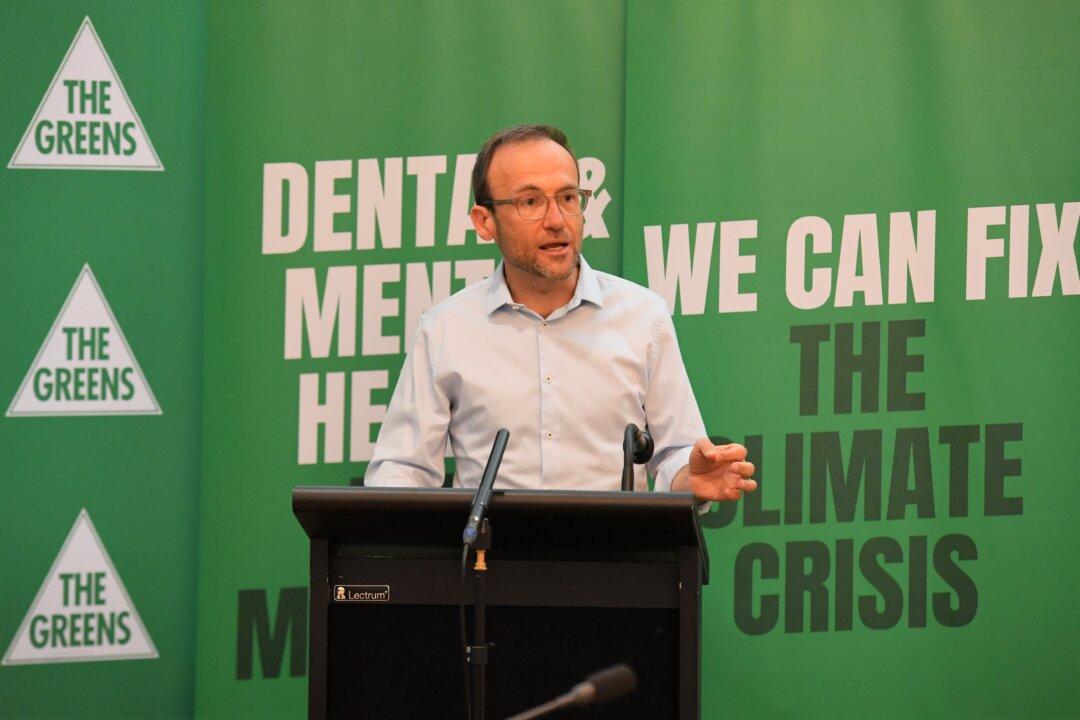The Australian Labor government is getting very close to legislating its climate safeguard mechanism after reaching an agreement with the Greens party.
On March 27, the Greens announced that it would support the safeguard mechanism after securing “significant changes” to the legislation, which Labor wanted to push through the parliament this week.





